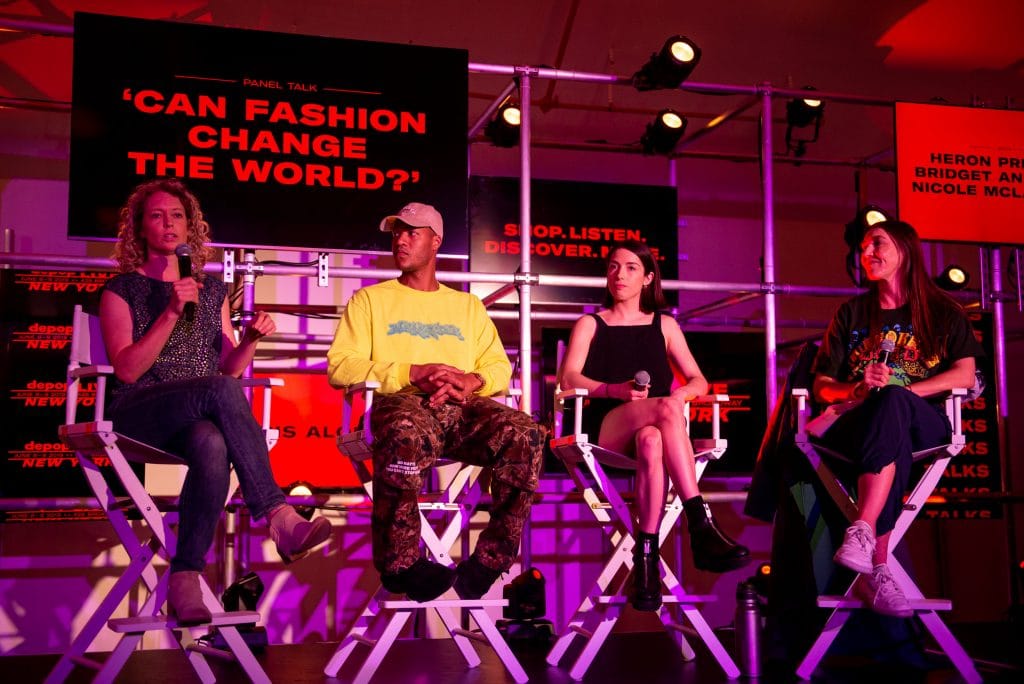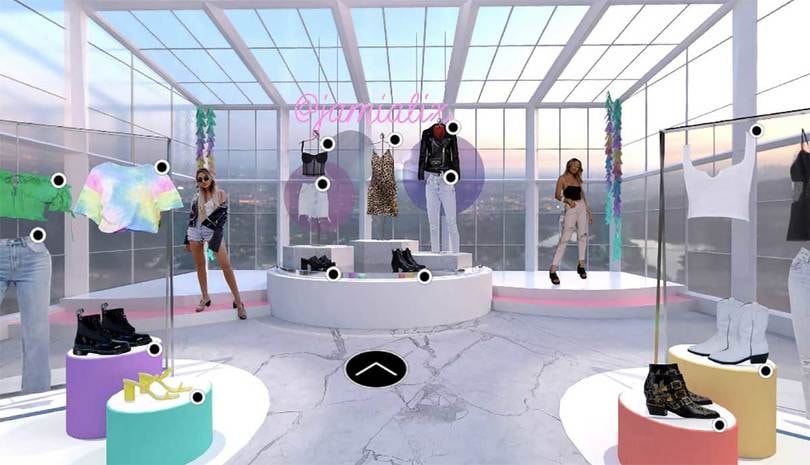Why Gen Z Hates Your Brand – And How to Win Them Over
In 2019 Generation Z surpassed Millennials as the most populous generation, currently making up 32% of the 7.7 billion humans on the planet. Here in Australia those born between 1995 and 2010 make up 20% of our population and are set to grow as a group by 17% over the next 10 years. Whilst their spending power remains limited (for now), their influence cannot be underestimated. Over the next 30 years they will be the beneficiaries of the “great wealth transfer” together with Millennials. $63 trillion is set to be passed down as they inherit the estates of baby-boomer parents and grandparents.
No generation has been as influential on older generations. Their idealism and activism around issues like the environment, anti-racism and gender identity are instigating the generations above them to also reflect and act. For all these reasons, retailers cannot afford to ignore them. They must understand and adapt to their behaviours and values to re-shape future retail experiences. The risk is outright rejection in favour of the retailers who do cater to their needs in a more considered way.
Why Gen Z Hates Your Brand – and How to Win Them Over
Social Bricks & Mortar
It is true that this generation spends more time online than any other. A recent study by Adobe revealed that teens in the UK spend an average of 10.6 hours per day connected to the internet across various devices. But despite their voracious digital appetites, Gen Z are as much teenage mall-rats as their parents were in the 80’s and 90’s. In fact, 67% of them prefer in-store shopping. But the main driver for them is seeing people and socialising with their friends. For retailers to bring this customer into their brand universe, they must create a spatial environment and total experience that is conducive to social interaction.
Clicks-to-Bricks Leads The Way
Retailers can learn a lot about what works for this customer by looking at pure-play businesses whose core consumer is Gen Z. Resale platform DePop is a perfect example of a brand that has strongly connected with teens. They’ve tapped into their desire for thriftiness whilst supporting a more circular economy. And as a result DePop has created a thriving online community with shared values, who genuinely enjoy trading second-hand fashion with each other. When DePop recently held an offline pop-up event in the US, they crafted it as a physical version of the app. It was a community-oriented experience. It featured live music, art exhibitions and animated panel discussions on the themes that matter most to them.

Community Commerce
Another Gen Z trend is the shift away from ‘big box’ retail consumption to micro-commerce experiences. It’s highlighted by the success of resale websites like DePop and ThredUp. These progressive retailers are fostering virtual communities. They help shoppers connect to peer-to-peer networks and engage in discussion forums that drive social connection. What these young shoppers love is the fact that they are not buying from some big faceless corporation, but rather from real people. The idea of shopping from the wardrobes of new connections they’ve made online makes it a powerful one-to-one experience. Gen Z and millennials are already purchasing through social platforms including Instagram, Facebook and Pinterest – but community commerce takes socially connected shopping to new levels.
Shifting Values
With their limited spending capacity (and dependence on the ‘bank of mum and dad’ for the younger ones), one might assume that cheap fast fashion is key to Gen Z. Whilst it will certainly serve a purpose for many of them, particularly in this recessionary environment, shopping to accumulate is not high on their radars. Their concept of ownership is markedly different to their consumerist elders. The generation coming of age with the Uber app on their smartphones is less interested in owning a car than any previous generation. In fact, an RACV report in 2019 showed that young people are delaying (and indefinitely postponing) getting their driver’s licence. For 18 and 19 year olds numbers of new licences obtained dropped by almost 7% on the previous year.
This is not just bad news for the automotive industry. It signals a switch in thinking about how they consume other product categories, including fashion. Ownership is just not as compelling to them. In fact, 40% of Gen Z’s says they evaluate the resale price of an item before they purchase it. They think about how much their new Nike trainers or LuluLemon jacket will fetch on StockX or DePop when they tire of it, before even buying. This means they are looking for different product attributes than in the past. Whilst price is still important the new key drivers are quality, longevity and brand cache’. With the second-hand fashion market growing at 15% per year and tipped to make up 40% of all fashion sales by 2023, there will certainly be a contraction of the fast fashion market. The news that Zara is shuttering 1200 stores is no surprise. Retailers must invest in unique design, quality and engaging messaging to make their brands covetable and make the cut into Gen Z’s wardrobes.
Conscious Consumption
It also means retailers need to step up their efforts in communicating their position in sustainability and conscious consumption. Businesses like The Iconic and David Jones have upped the ante with their respective Considered and Mindfully Made initiatives. These influential multi-brand retailers have set a new standard of customer expectation. They’ve made it easy to find and purchase sustainable products. Another initiative for retailers to consider to engage young shoppers is a curated second hand offering. This can be an ongoing initiative or take the form of a pop-up. In the case of the latter it would be important to repeat it on a reasonable cadence. This would be to ensure that it doesn’t come across as greenwashing or opportunistic bandwagon jumping. These types of initiatives can be driven independently or in partnership with leading online resale platforms.
Phygital Morphing
The notion of omnichannel has been massively accelerated during COVID19. The role of physical and digital spaces has been challenged and transformed like never before. Retail stores became fulfilment centres, businesses introduced video consults to provide services previously only attainable in-store, and ecommerce and click & collect penetration sky-rocketed. For digital natives this Phygital (physical + digital) collision is likely unremarkable. They have an expectation that physical spaces replicate the conveniences they enjoy online, and vice versa. One of the businesses shaking things up in this space is Obsess. They have created an ecommerce platform that rejects the gridded thumbnails on white background format typical of ecommerce platforms. Instead they replicate the physical store experience, enabling customers to wander through a virtual space and discover items.
European retailer Bonprix has created an innovative app that shoppers use on the retail floor of the store. It enables them to scan an item and choose whether it goes into the fitting room or straight into the ecommerce shopping cart. Emerging technologies are blurring the lines between online and offline. It is critical for retailers to identify the ones that will help them meet the expectations of Gen Z customers.

As more Gen Z customers enter the workforce over the coming years, their spending power will continue to grow. Retailers will be increasingly reliant on satisfying their needs to maintain their custom. Jeff Bezos talks about the importance of always leaving one empty chair in every meeting at Amazon. The empty chair represents the view of the customer. It ensures his team always has their finger on the pulse of customer sentiment, And that they can faithfully represent the customer voice when making key decisions. The opportunity for retailers right now, as they rewire their businesses for a post-COVID future, is to increasingly visualise a young adult sitting in that chair. By understanding their evolving behaviours now, progressive retailers will be well-positioned for the youth boom that will inevitably shake up retail.
This article was first published in Inside Retail. The author, Rosanna Iacono, is Managing Partner at The Growth Activists. With over 25 years experience in retail and consumer goods, including global leadership roles with multinationals Nike and Levis, and C-Level roles in Australia, Rosanna leads The Growth Activists Retail & Consumer Goods practice. To discuss your retail growth strategy get in touch with Rosanna at rosanna@growthactivists.com .




